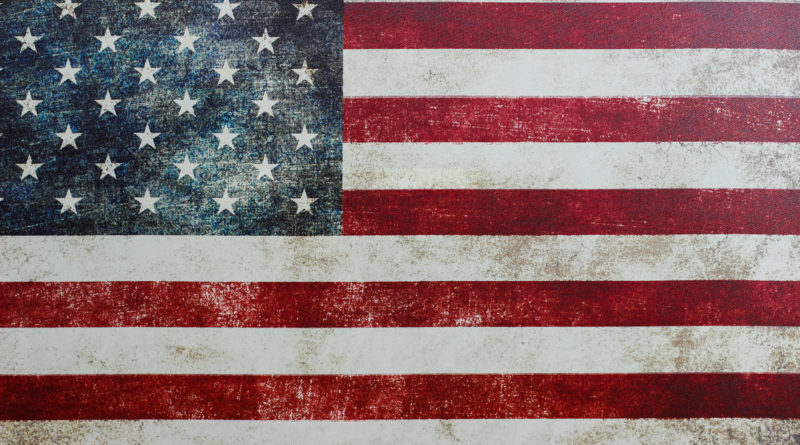The Real Story of the U.S. Flag
922 total views, 2 views today
In your earliest U.S. history classes, you may have learned that Betsy Ross designed and sewed the first American flag. As U.S. flags fly high across the country today to celebrate 243 years of American independence from British rule, you might be interested to learn that Ross may not have had as much to do with the flag’s creation as you think.
Although Ross’ tale is nothing short of American folklore at this point, very little historical evidence exists to definitively link her to the flag’s creation. Each and every historical review of the era during which the flag was founded has turned up no evidence of Ross’ involvement, yet these studies fail to entirely eliminate the possibility that she did create the flag. What explains this discrepancy?
Ross’ place in American history can be chalked up to the undying support of many key historical organizations. Many of these organizations are based in Philadelphia, which is not just the birthplace of American democracy, but Ross’ hometown. In fact, the Independence Hall Association, which has overseen the hall’s historic park status for nearly eight decades, is one of the most prominent advocates of Ross’ story. Similarly, Philadelphia is home to an entire institution dedicated to this legend, called the Betsy Ross House. There, visitors learn of the longstanding story of the American flag’s creation but are told to decide for themselves whether Ross’ involvement is fact or fiction.
Regardless of whether Ross did indeed design the American flag, the version of the flag credited to her is far different than the one you see every day. Both flags have 13 alternating red and white horizontal stripes, each of which symbolizes one of the original U.S. colonies. However, the original flag that Ross designed has an equal number of five-pointed stars, whereas because the U.S. has long had 50 states, the modern flag has 50 stars — and some argue there should be a 51st. Both the original and modern flag cast white stars against a navy blue background, resulting in the common association of red, white, and blue with the U.S.
Even if Ross didn’t design the flag for which she’s credited, that flag is far from the only one that Americans flew at the time of the American revolution. Throughout the 1770s, Americans who sought independence flew all sorts of flags, including the still-notable “don’t tread on me” flag, which includes these words below a picture of a snake against a bright-yellow background.
Another unofficial flag of the time may have popularized the modern red and white stripes, as this flag, which featured a Union Jack in its upper left corner, was the first independent flag that a foreign power recognized. This flag’s Union Jack inclusion, though, quickly proved problematic, as British troops could mistake it for one of their own flags. Thus, in June 1777, Congress declared the design of the American flag. It just so happens that design is the one with which Ross is credited, whether she truly created it or not.

